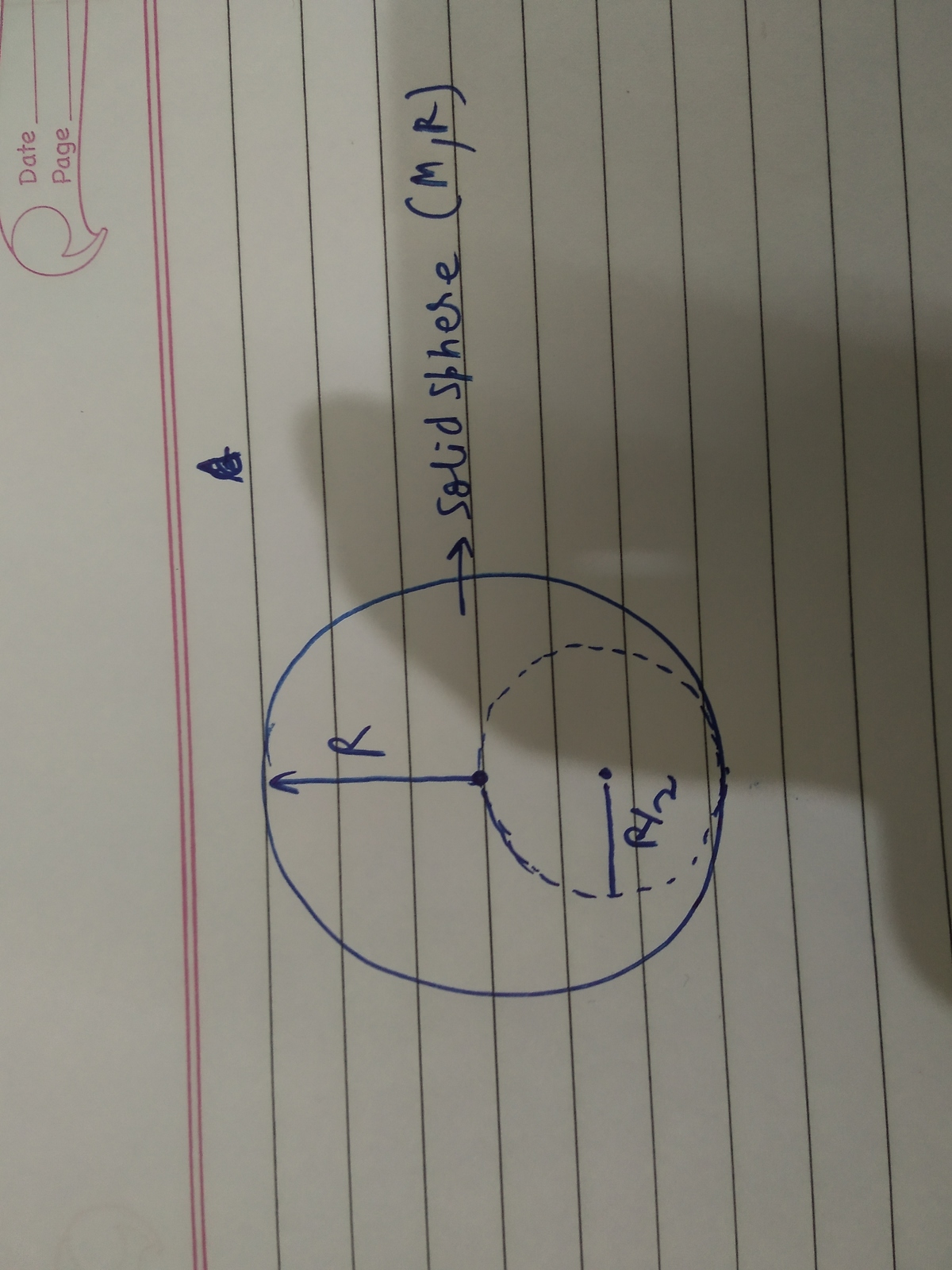Tough Gravitation problem
A uniform solid sphere has a Mass M and radius R. From it , a solid sphere of radius R/2 is removed and taken to infinity . Can anyone help to calculate the work done by external agent to achieve this ?
 ( Can integration over three dimensions be avoidef here ?) ( I am not getting how to solve as the gravitatonal field will be not uniform inside the cavity sphere )
( Can integration over three dimensions be avoidef here ?) ( I am not getting how to solve as the gravitatonal field will be not uniform inside the cavity sphere )
No vote yet
1 vote
Easy Math Editor
This discussion board is a place to discuss our Daily Challenges and the math and science related to those challenges. Explanations are more than just a solution — they should explain the steps and thinking strategies that you used to obtain the solution. Comments should further the discussion of math and science.
When posting on Brilliant:
*italics*or_italics_**bold**or__bold__paragraph 1
paragraph 2
[example link](https://brilliant.org)> This is a quote# I indented these lines # 4 spaces, and now they show # up as a code block. print "hello world"\(...\)or\[...\]to ensure proper formatting.2 \times 32^{34}a_{i-1}\frac{2}{3}\sqrt{2}\sum_{i=1}^3\sin \theta\boxed{123}Comments
Integrating numerically, I get very nearly 8RGM2.
Log in to reply
Very nice , thx a lot Sir
@Steven Chase Sir have a look at this interesting problem .
Log in to reply
I think I would use a triple integral and a computer to solve this
Log in to reply
Sir , can u give some intial steps to proceed this problem ?
Log in to reply
Do you know what the answer is supposed to be? I would like to check my numerical result, once derived.
Log in to reply
Yeah sure , Sir. Very sry for late reply
Log in to reply
What is the expected result?
Log in to reply
Sir i think it should be close to GM^2/8R